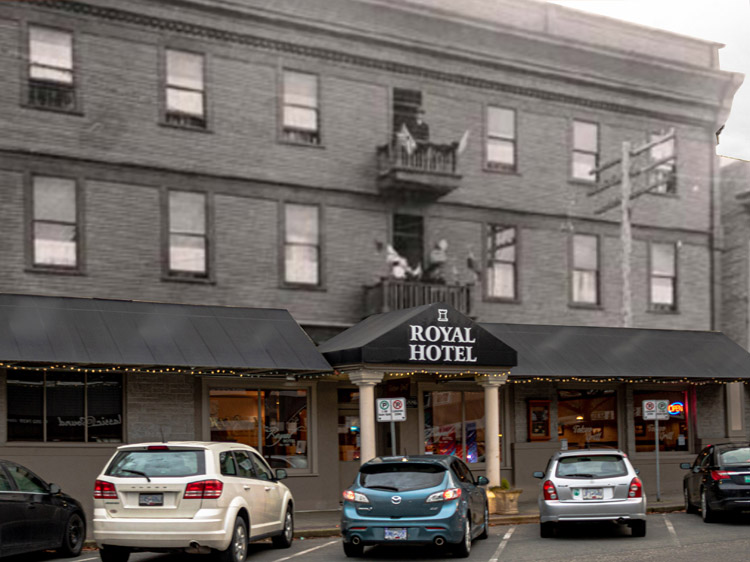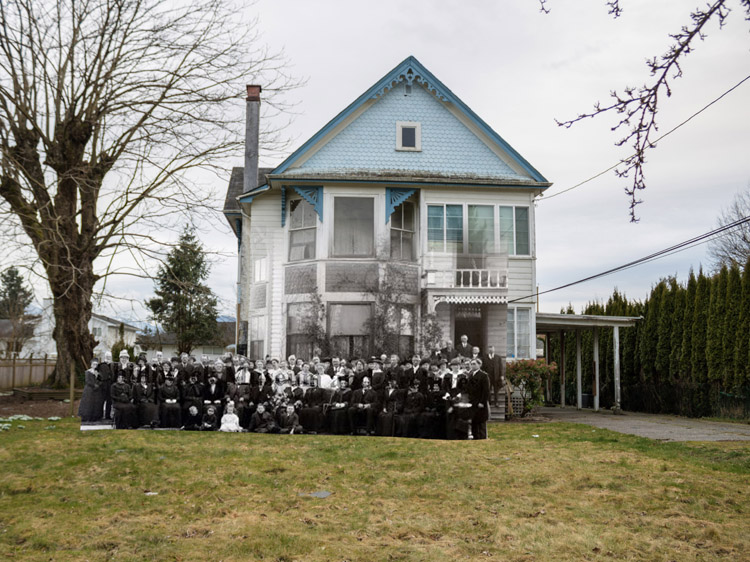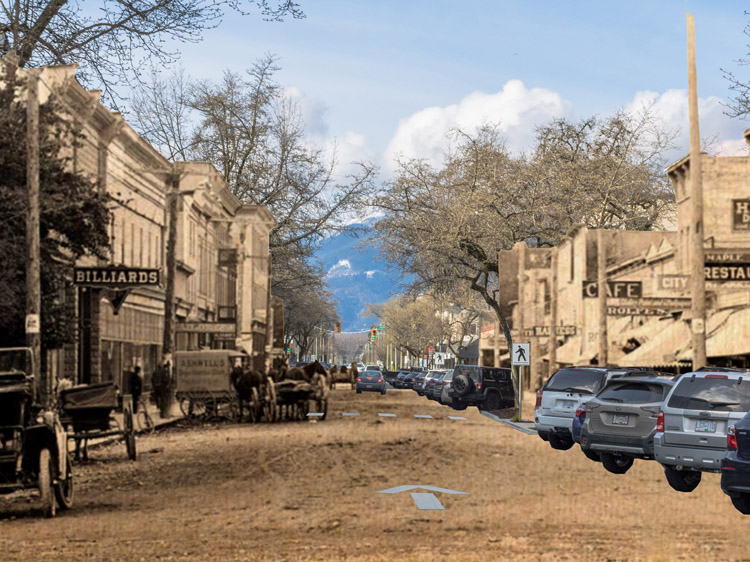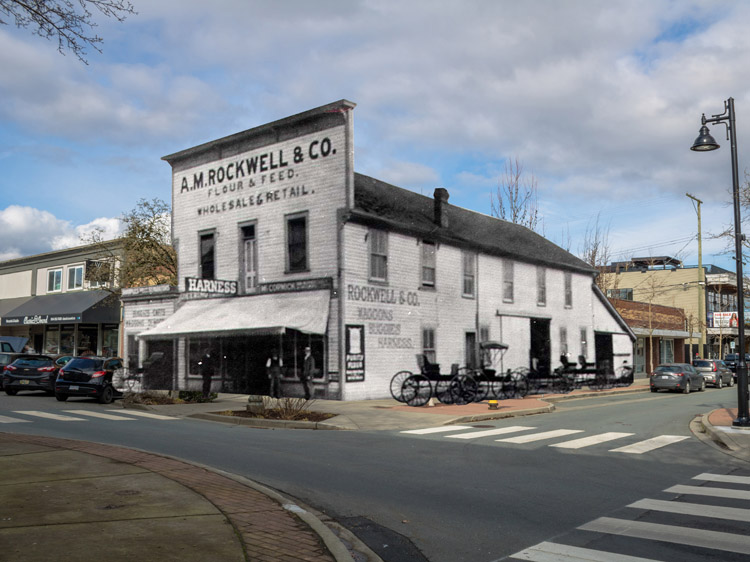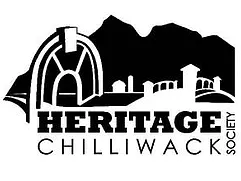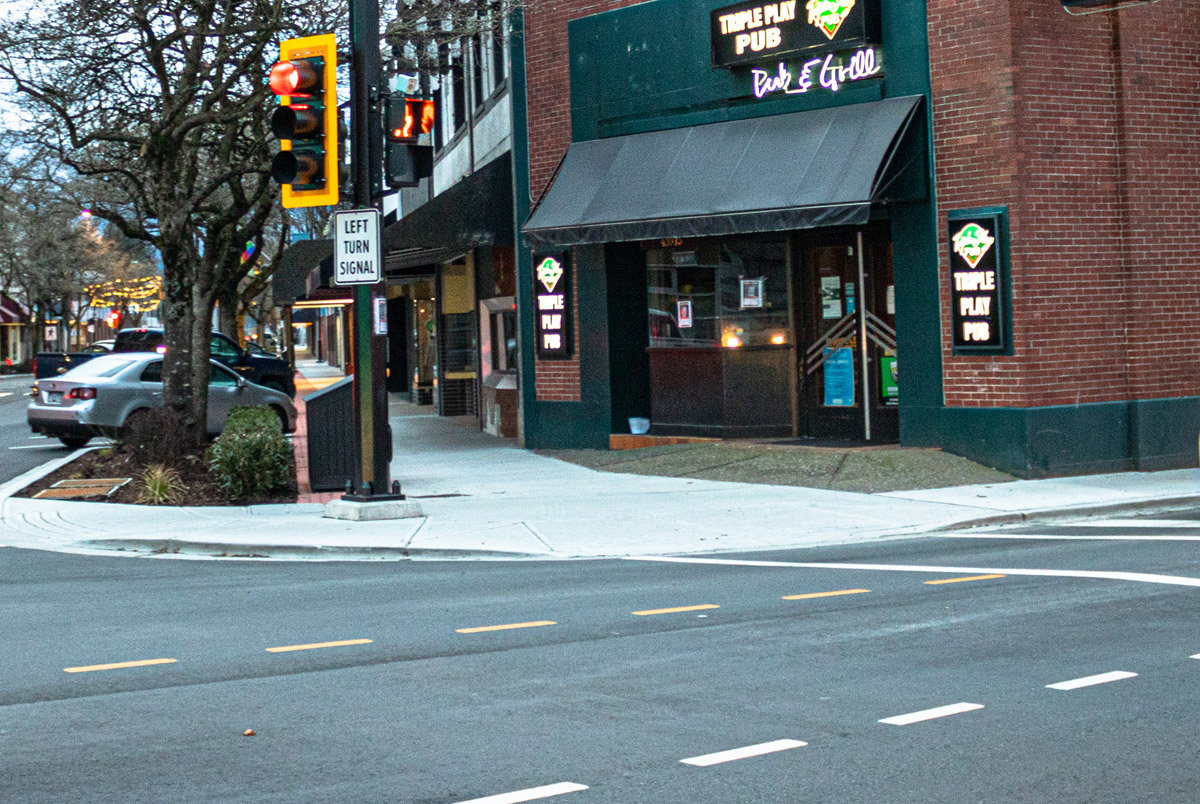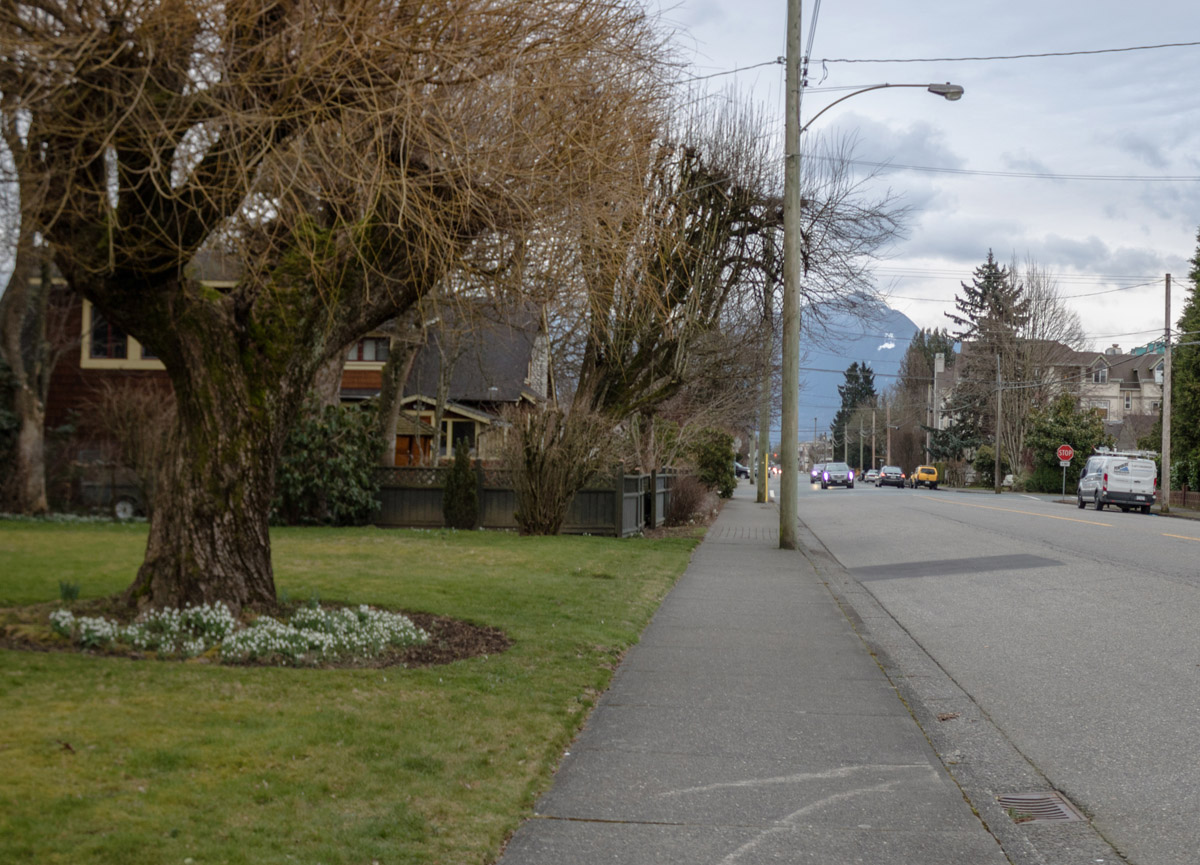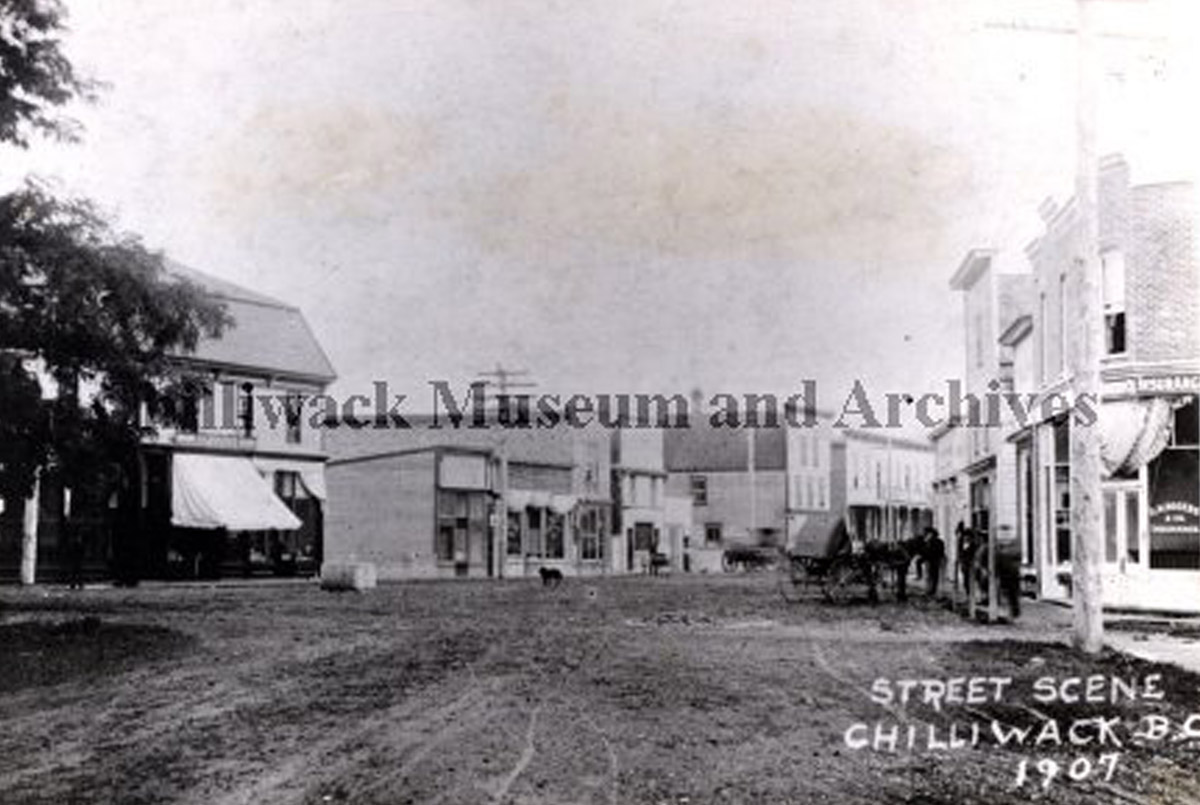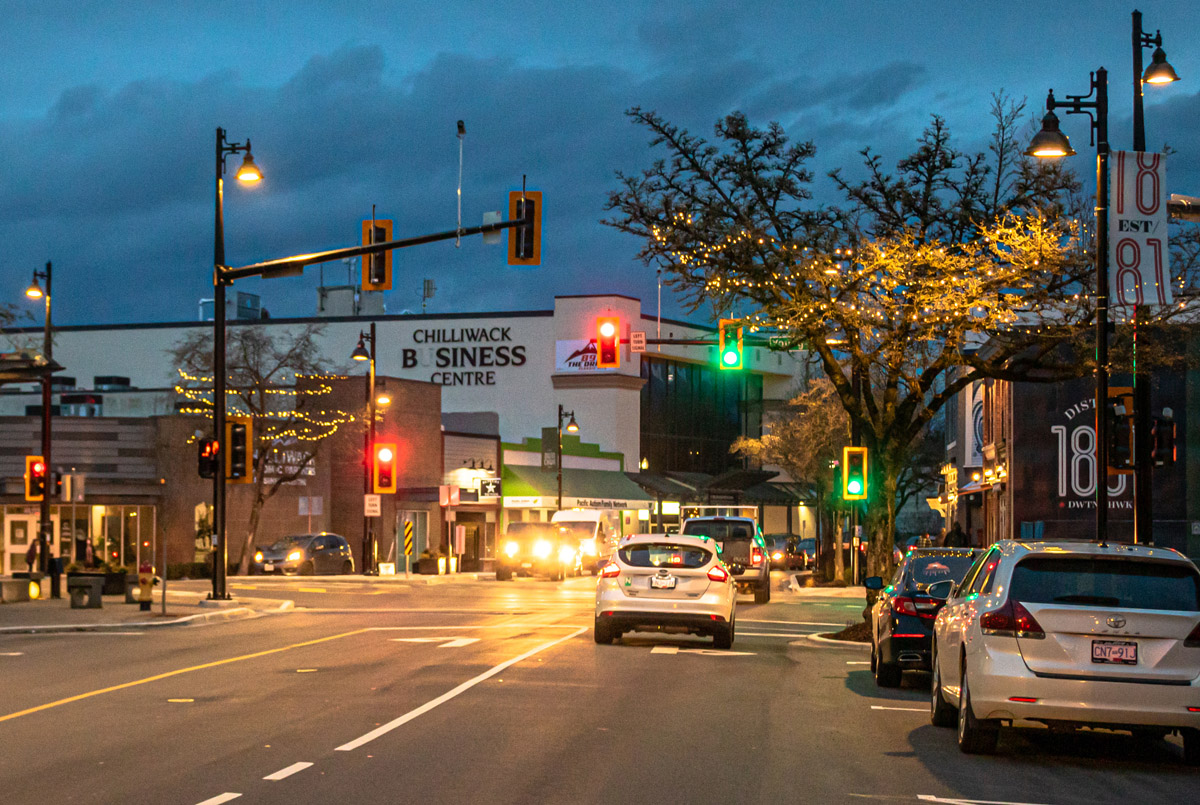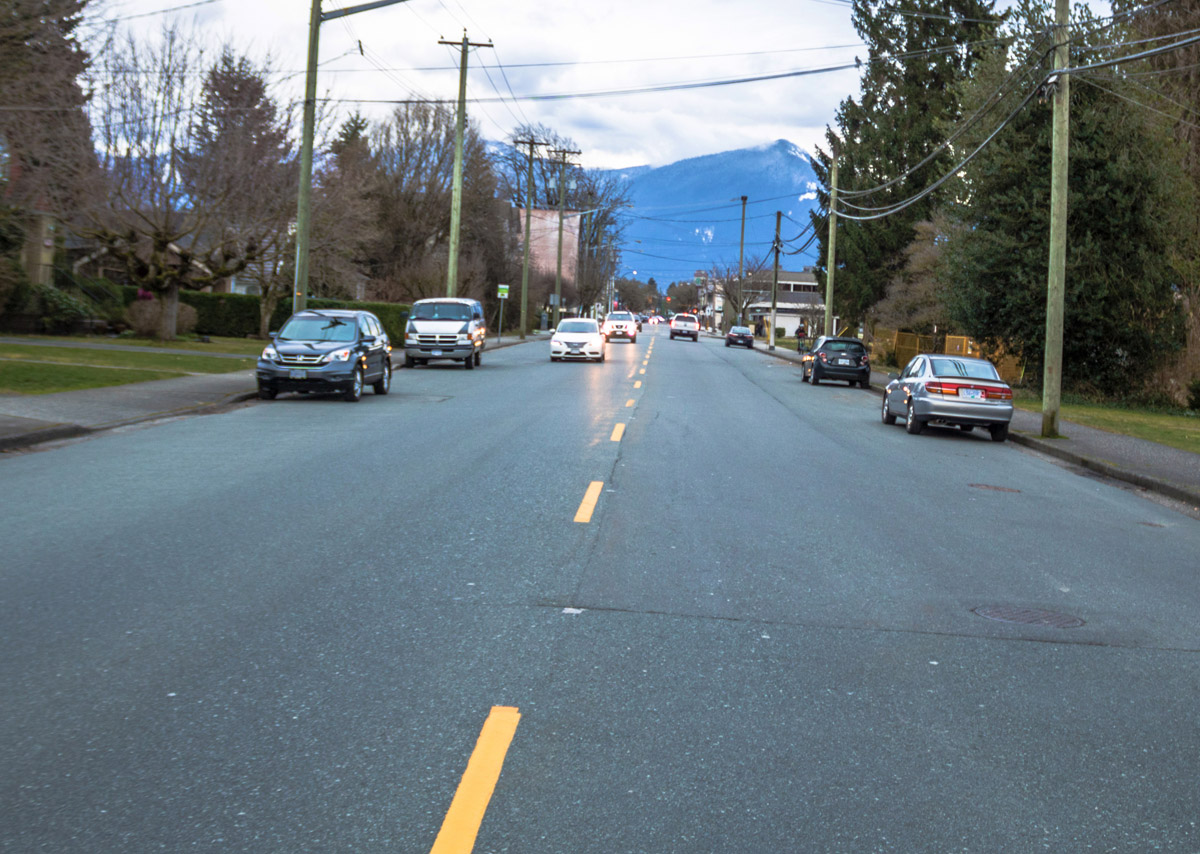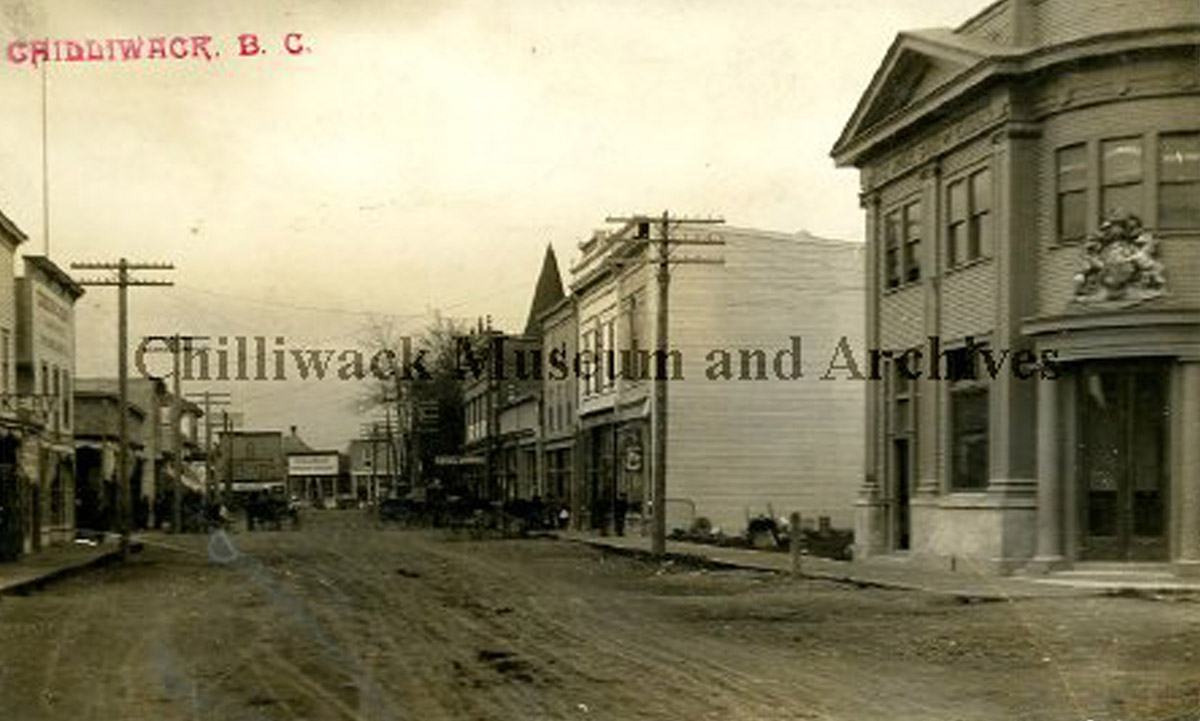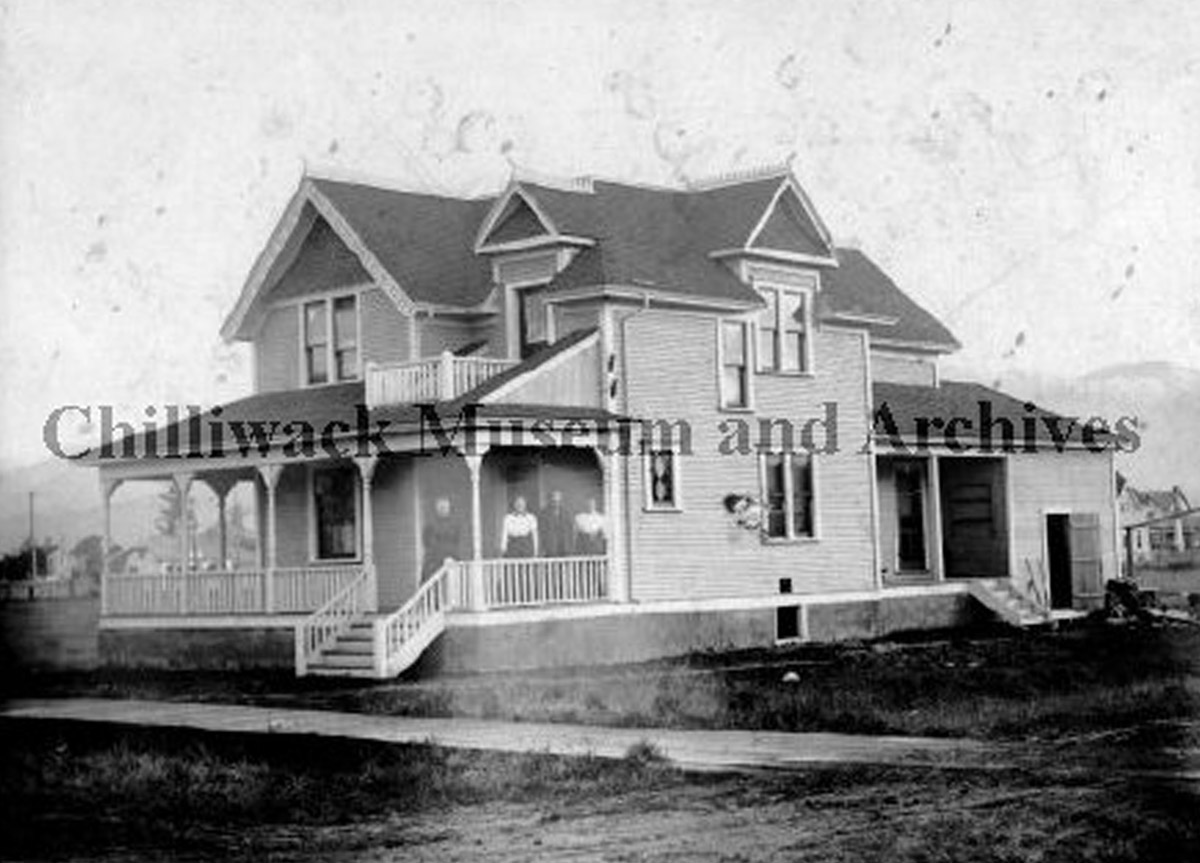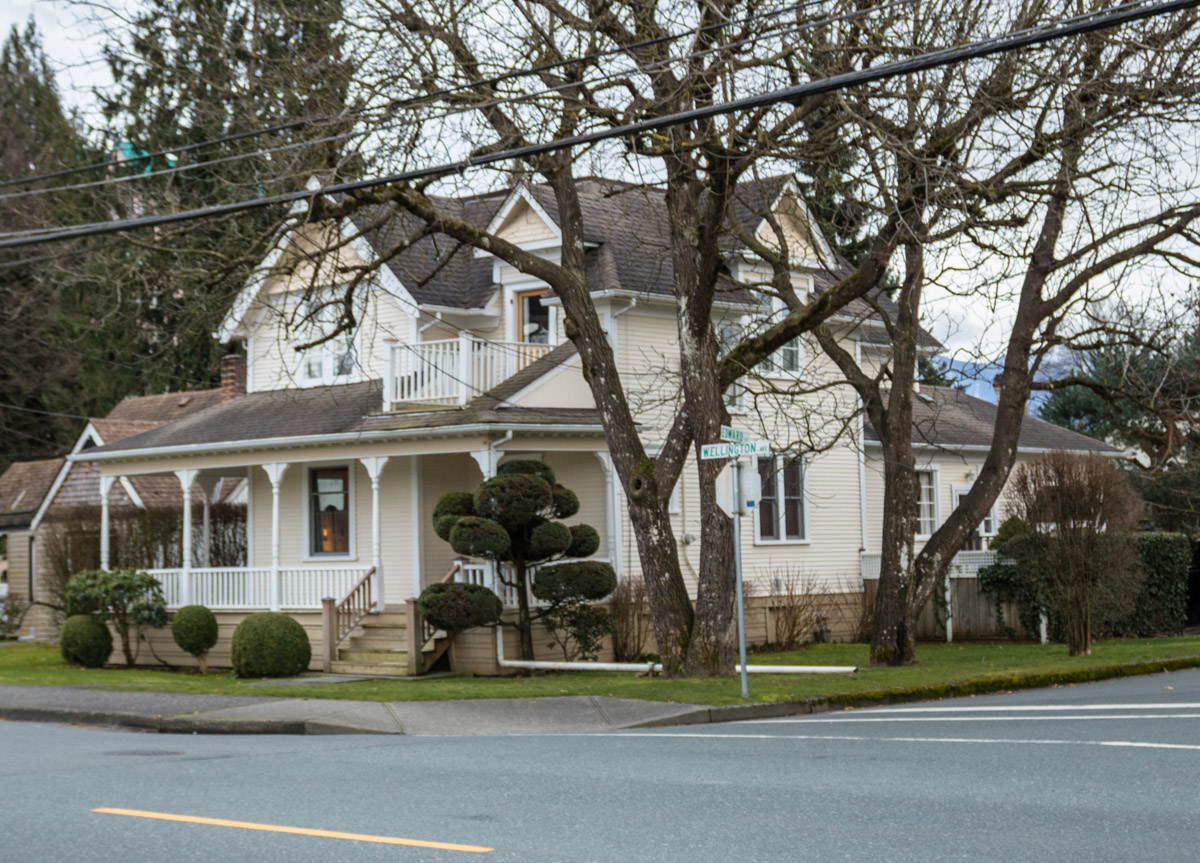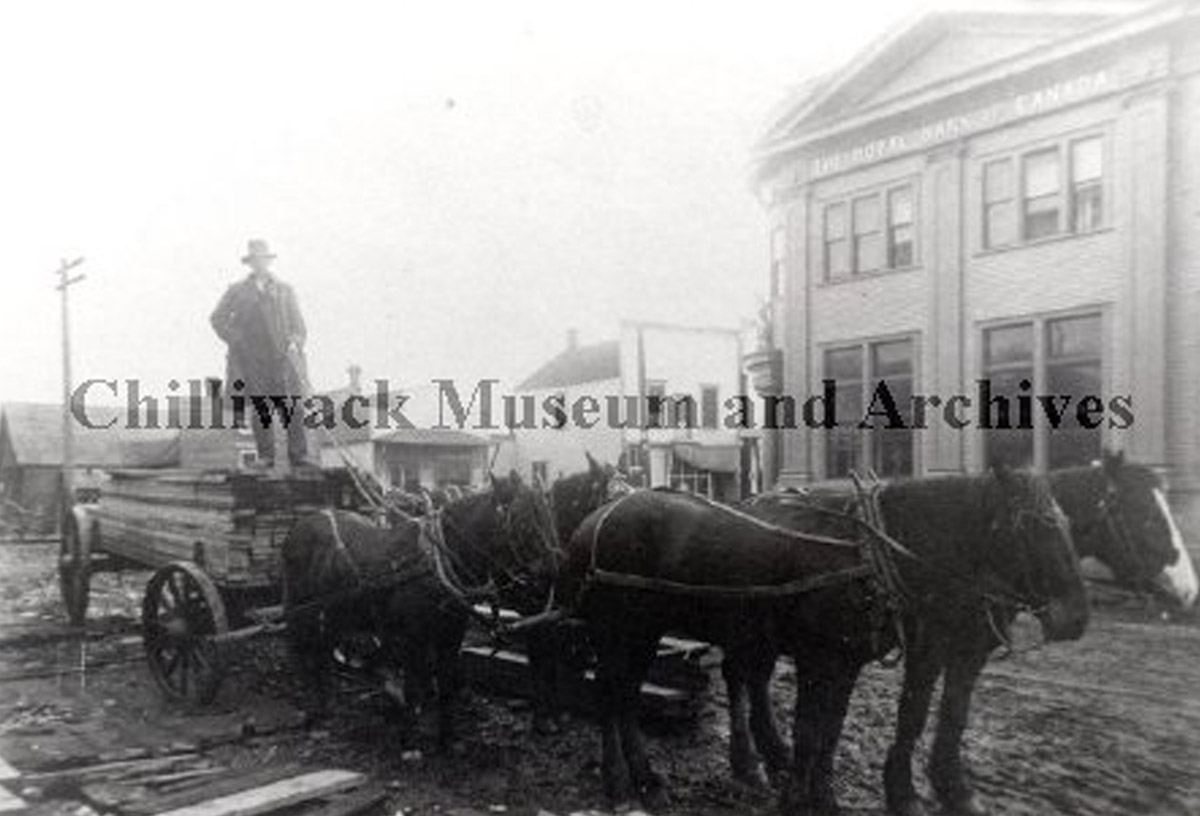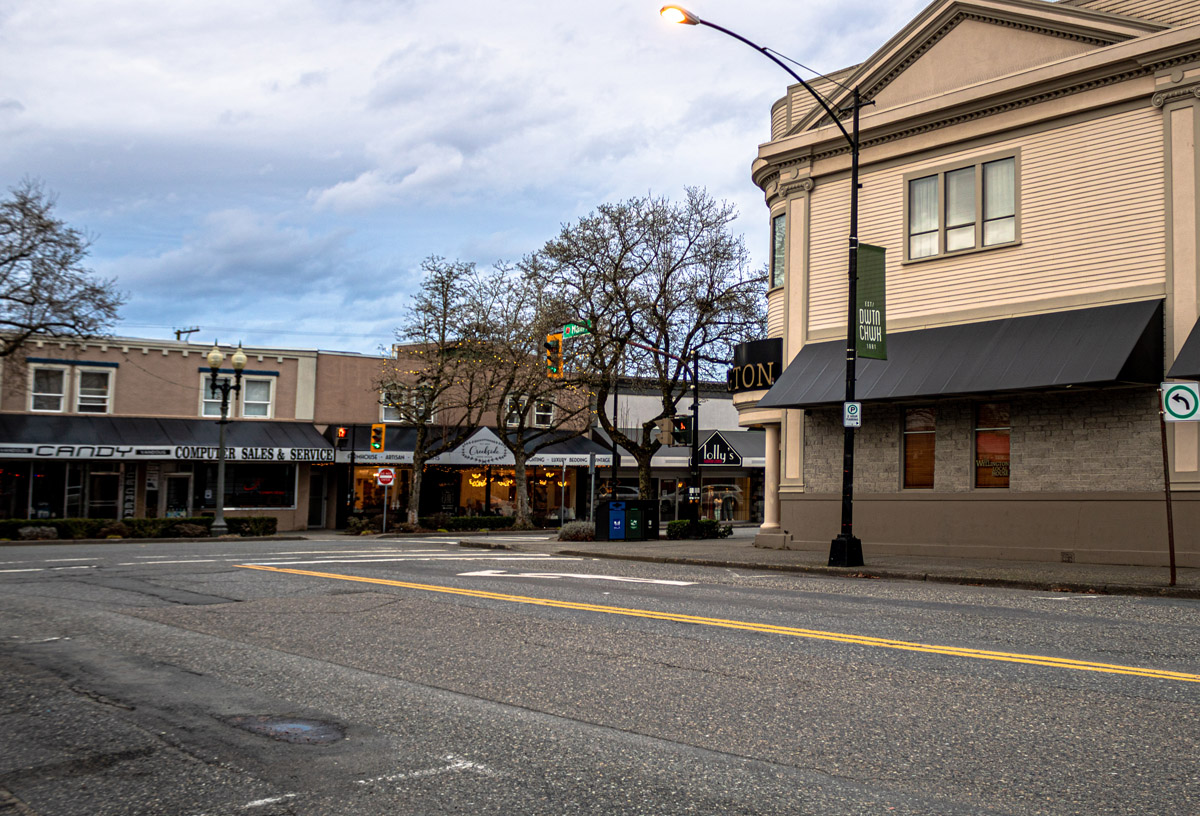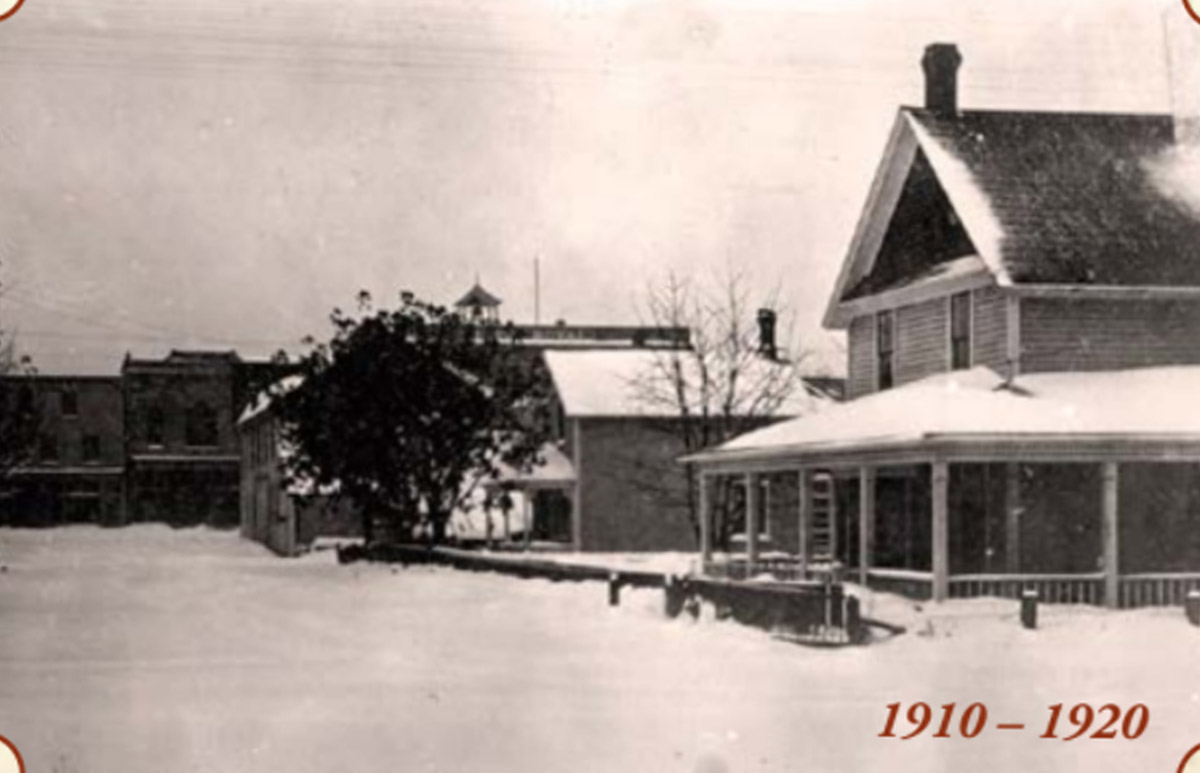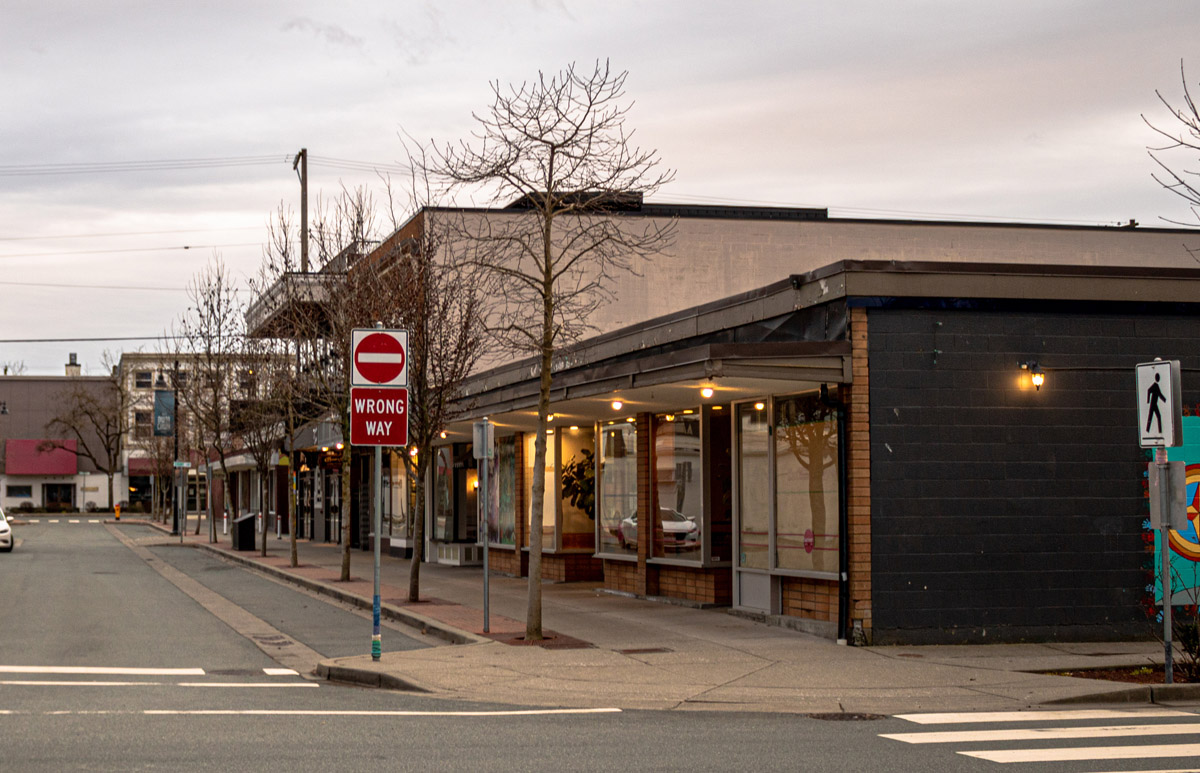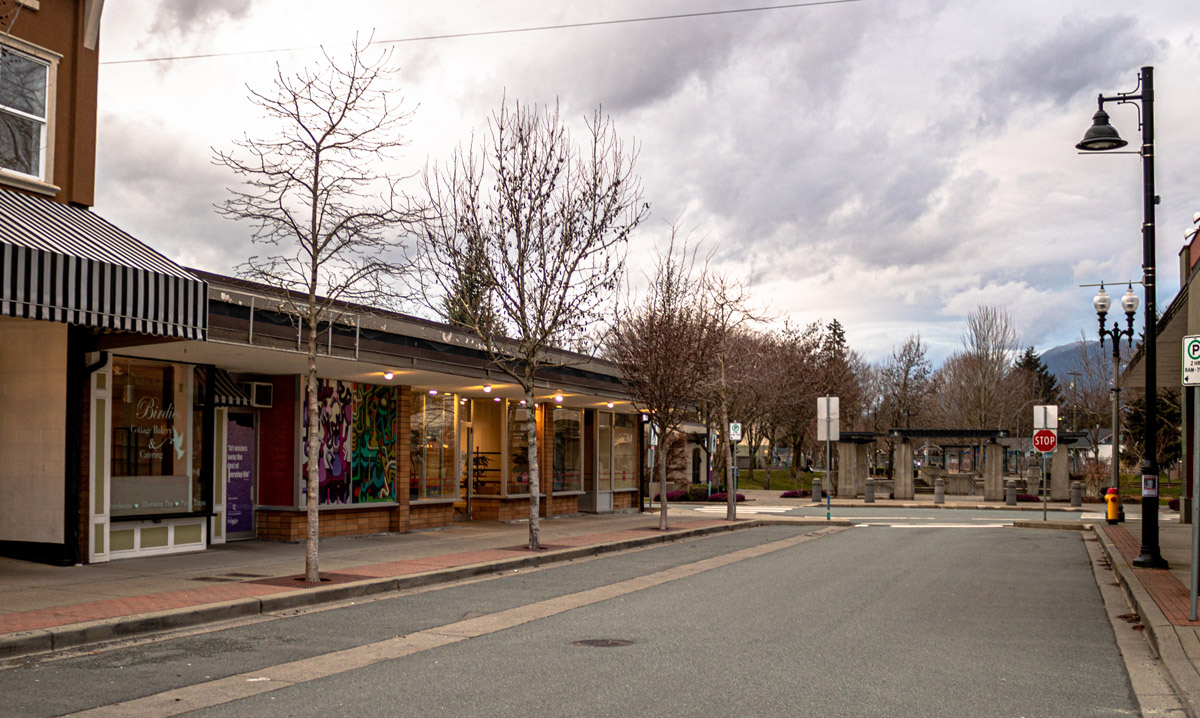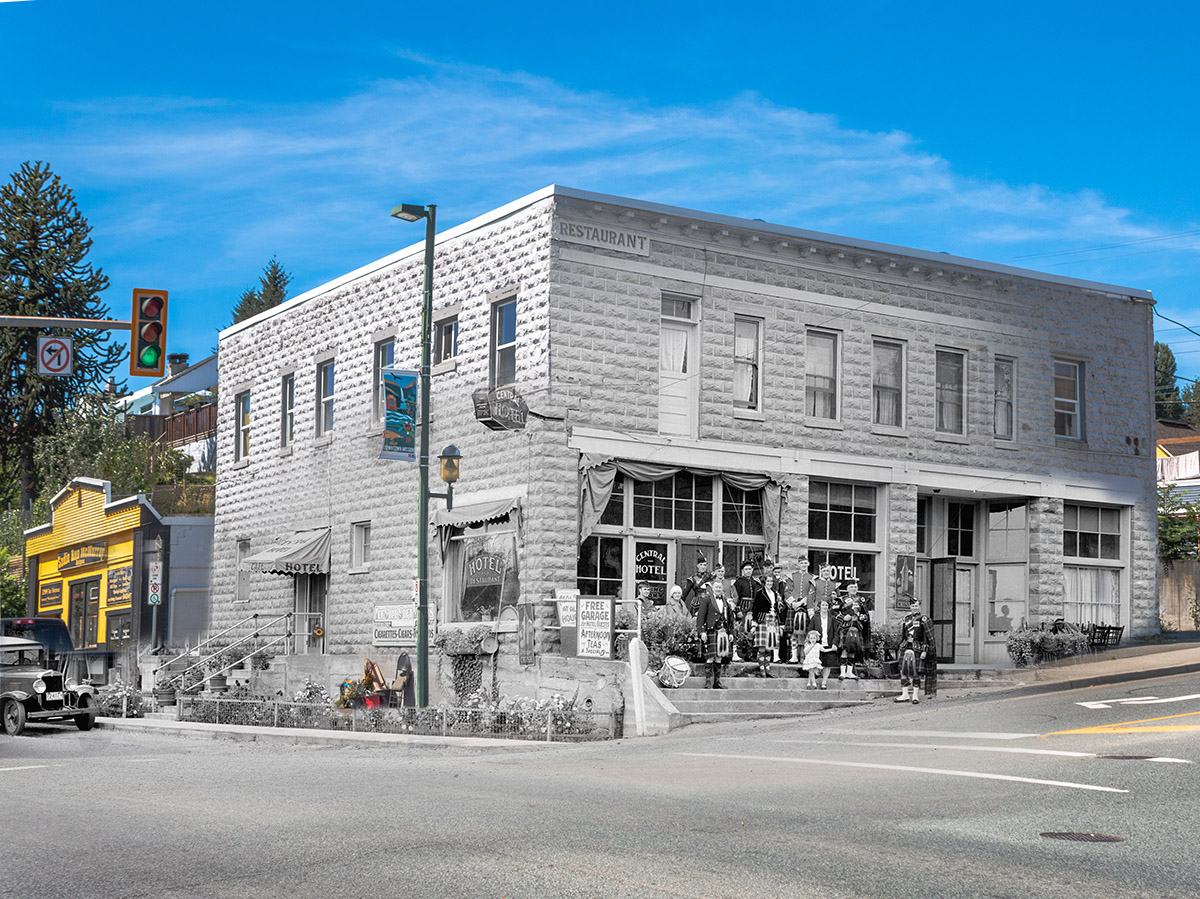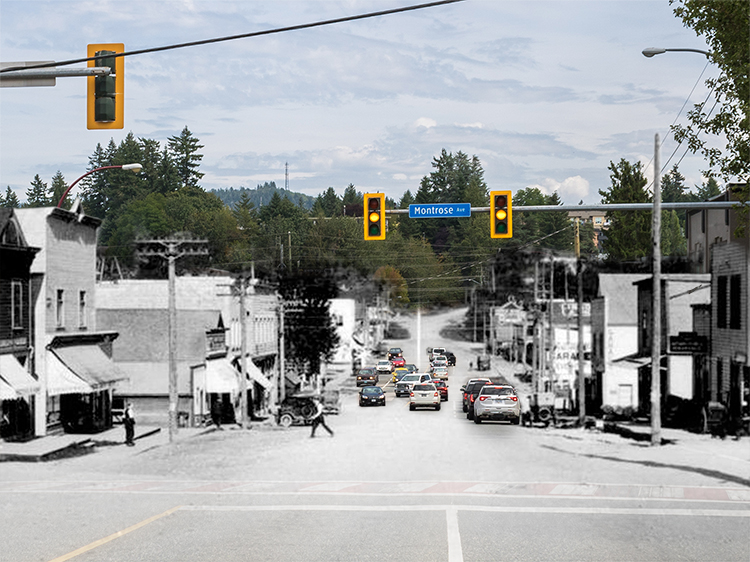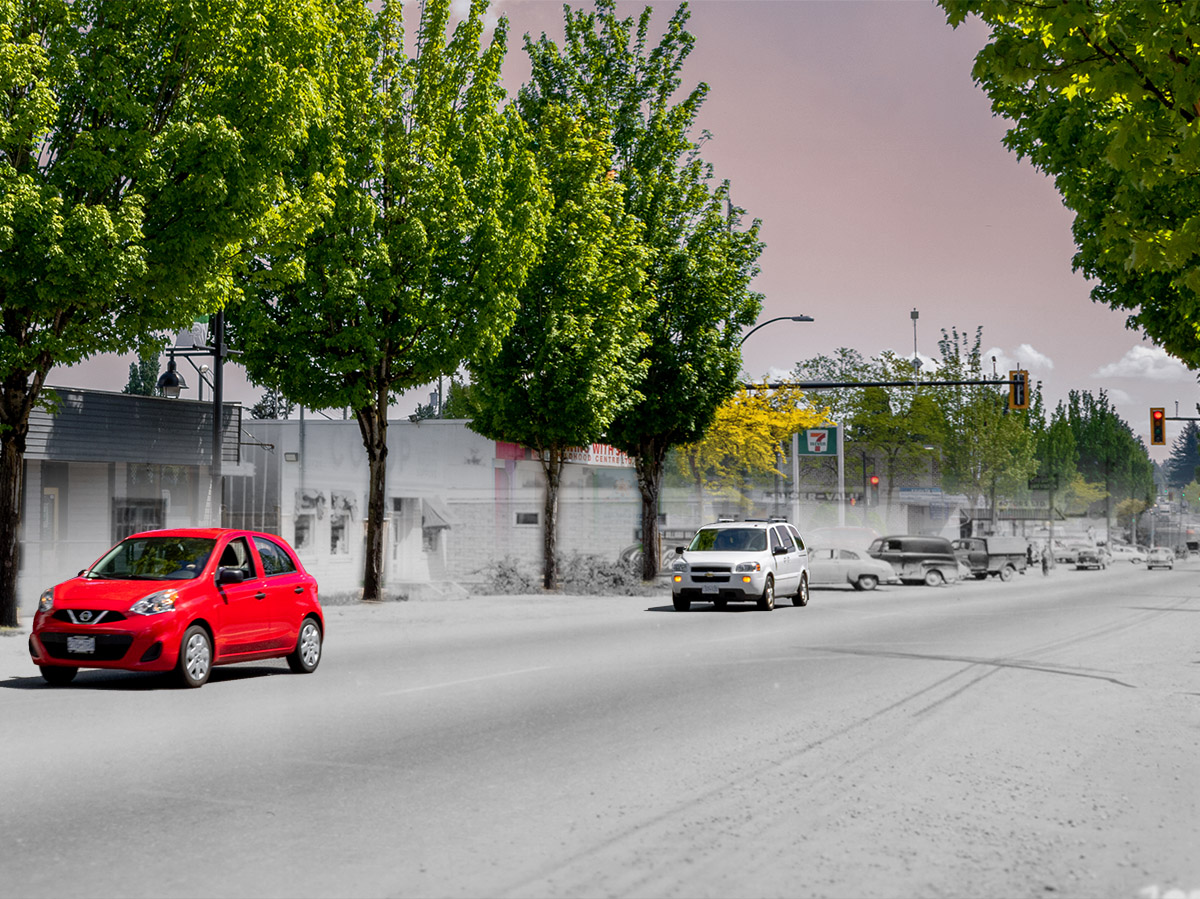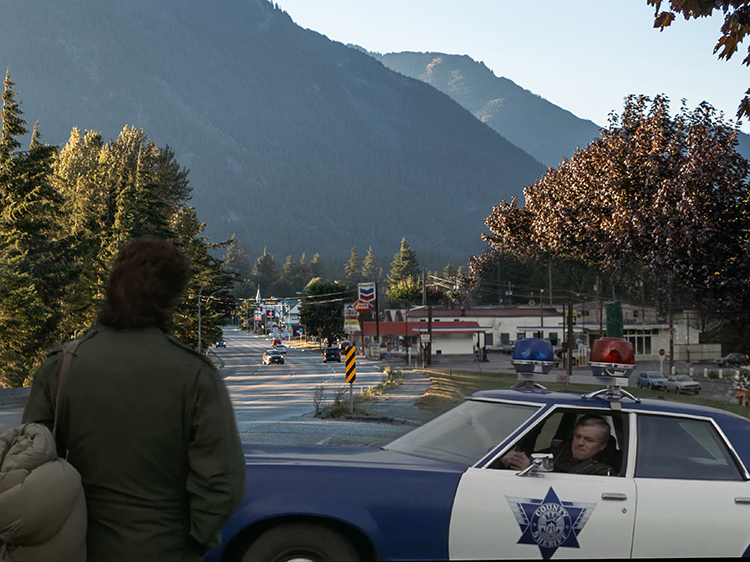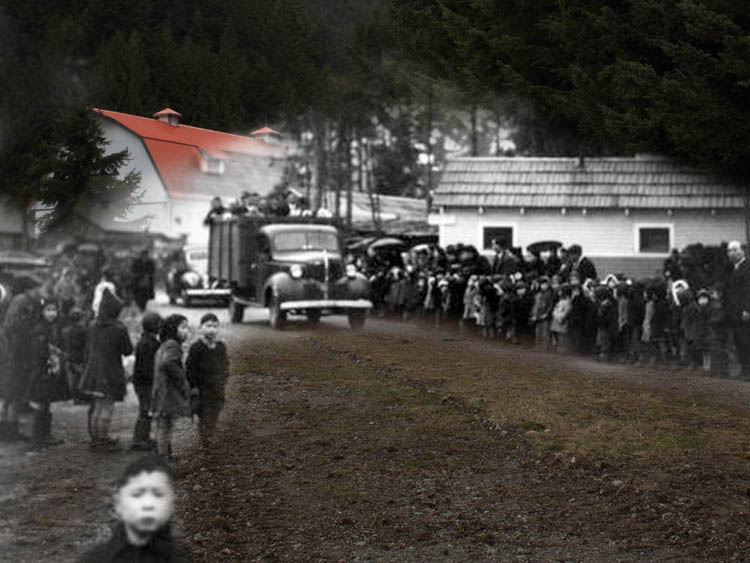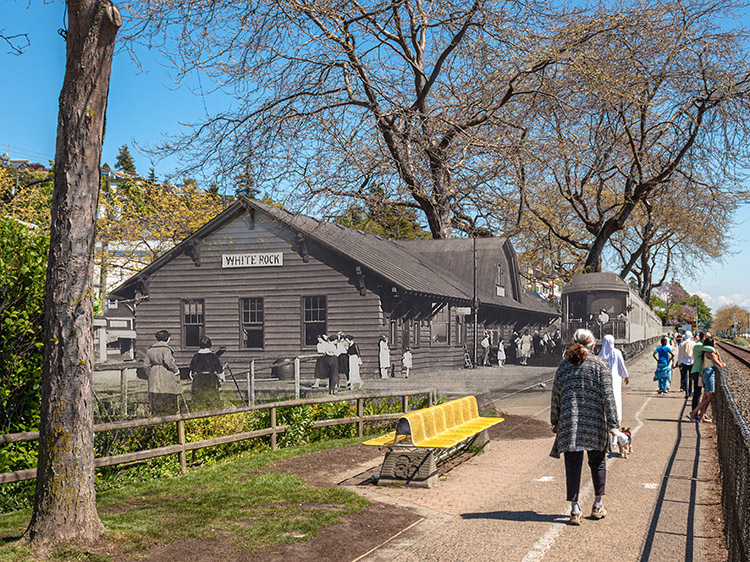Partner City
Chilliwack
Green Heart of BC
The Stó:lō First Nation has inhabited the lands of the Fraser Valley since time immemorial. Stó:lō means river in Halqemeylem, making them the "River People." Despite a devastating small pox epidemic in the 18th century and the loss of huge swaths of reserve lands to colonial officials, today Stó:lō territory, or S’ólh Téméxw, contains the largest concentration of shared, overlapping indigenous interests in Canada. European settlement in Chilliwack began in 1858 when around 30,000 gold seekers flooded through the Lower Mainland on their way to the gold fields. The majority of them travelled some of the way through steamships on the Fraser River. Landings for these ships formed the nexus for some of the area's first commercial centres. Many of the first settlers where those who established farms to support these population centres at Chilliwack, Sumas, and Miller's Landings. By 1873, the settlement at Chilliwack Landing had incorporated as the Township of Chilliwhack, and became British Columbia's third oldest municipality. The growing community soon ran out of room for expansion and moved up the road to the junction of the New Westminster-Yale Wagon Road, Wellington Avenue and Young Road. The centre came to be called Five Corners and is now the heart of downtown Chilliwack. While the settlement around Five Corners was originally known as Centreville, it was renamed the more popular "Chilliwack" six years later. The name is derived from the Halq’eméylem word “Ts’elxwéyeqw” which means approximately, ‘as going as far as you can go upriver’ in reference to travelling by canoe up the Chilliwack River sloughs leading to Soowahlie. Today, Chilliwack is the second largest city in the Fraser Valley Region.
This project was made possible through a partnership with the Heritage Chilliwack Society.
We respectfully acknowledge that Chilliwack is located on the traditional, ancestral and unceded territory of the Stó:lō Coast Salish peoples.
Explore
Chilliwack
Then and Now Photos
Five Corners
ca. 1890s
This complicated intersection is known as "Five Corners." This sport was named for the intersection of the Landing Road, Westminster-Yale Wagon Road (route to BC's interior), and Young Road which lead to Minto Landing, where steamboats crossed the Fraser River. This crossroads was an important spot for travel across the Fraser Valley.
Flood!
Chilliwack Museum and Archives PP500847
1894
A side view of the Harrison House Hotel during the Fraser River flood of 1894. Two First Nations men are standing in canoe, holding onto poles along the wood plank sidewalk on the right. IN the centre of the image, a single small black dog visible lays on the sidewalk, seemingly unbothered by the high waters.
Buisness at Five Corners
Chilliwack Museum and Archives PP500599
ca. 1900s
This street scene shows the commercial hub at Five Corners, and a series of buildings along Yale Road East. Men and horse-drawn wagons mingle in front of the Irwin Block, at the corner of Yale Road East and Young Road South. A sign in window of the Irwin Block advertises for A.M. Rogers & Co. Insurance. Parsons clothing store appears in the bottom floor of the Driscol Block (later the Barber Block). At the centre of the intersection is a concrete drinking trough where horses can drink.
Taking the Pigs to Market
Chilliwack Museum and Archives PP500478
ca. 1900s
Two men walk behind a group of eight pigs, on the snow covered road to Chilliwack Landing. Split rail fencing is visible on both sides of road, and mountain range stand tall in the background. The words, "Driving pigs to market!!!" are handwritten in pencil on the back of original photograph.
East on Wellington
Chilliwack Museum and Archives 2014.027.002
ca. 1900 - 1905
This postcard looks east along Wellington towards Five Corners in downtown Chilliwack. The Royal Bank, Ashwell's and Irwin's Store are visible.
The Murphy House
Chilliwack Museum and Archives 1988.026.014
1909
This photo of the Murphy house at 45738 Wellington Avenue was captured shortly after its completion in 1909. It was one of several houses owned by Thomas Bartlett. The first residents were the Murphy family. H.R. Bert Murphy was a salesman for the Beatty washing machine and farm equipment company. The Murphy family lived in the house for only two years before City Clerk Peter J. Brown, the City Clerk moved in. The house features a prominent verandah, and unusual decorated vergeboards. The family on the in this photo is likely the Murphy family.
A Wagon Full of Lumber
Chilliwack Museum and Archives PP502090
ca. 1910
Sam Barclay stands proudly atop a four-horse team drawn wagon loaded with lumber from the Sam Trethewey Mill. The wagon stands in front of the Royal Bank building, at the corner of Main Street and Wellington Avenue. Sam Barclay worked for Sam Trethewey at his mill on Castleman Road in Rosedale, which burned down sometime in 1910 - 11, shortly after this photo was taken.
The Good Doctor
ca. 1910s
Dr. McCaffrey's house once occupied this corner of Mill Street and Victoria Avenue. He lived in this house and used it for his practice, but also travelled all over Chilliwack to visit patients.
The Doctor is In
Chilliwack Museum and Archives 1978.013.029
A front view Dr. Robert McCaffrey's house on the left of the photo. The house sat at 15 Mill Street, which is covered in a deep layer of snow. Dr. McCaffrey first came to Chilliwack in 1904, fresh out of medical school from Ontario. He built his office and home on Mill Street and Victoria Ave and travelled around the area to see patients by horse and buggy or on horseback. He sometimes crossed the Fraser River by canoe and travelled on foot during the winter. Dr. McCaffrey was the driving force behind the new hospital and Valley Haven Guest Home. Many churches benefited by his donations, although he was not a church attender. In the later days of his practice Dr. McCaffrey brought his little Pekinese dog, Toy, on his visits, setting the dog on the foot of the patient's bed, temporarilly distracting patients from their ailments. Dr. McCaffrey died in 1960, a prominent and well-loved citizen of Chilliwack.

